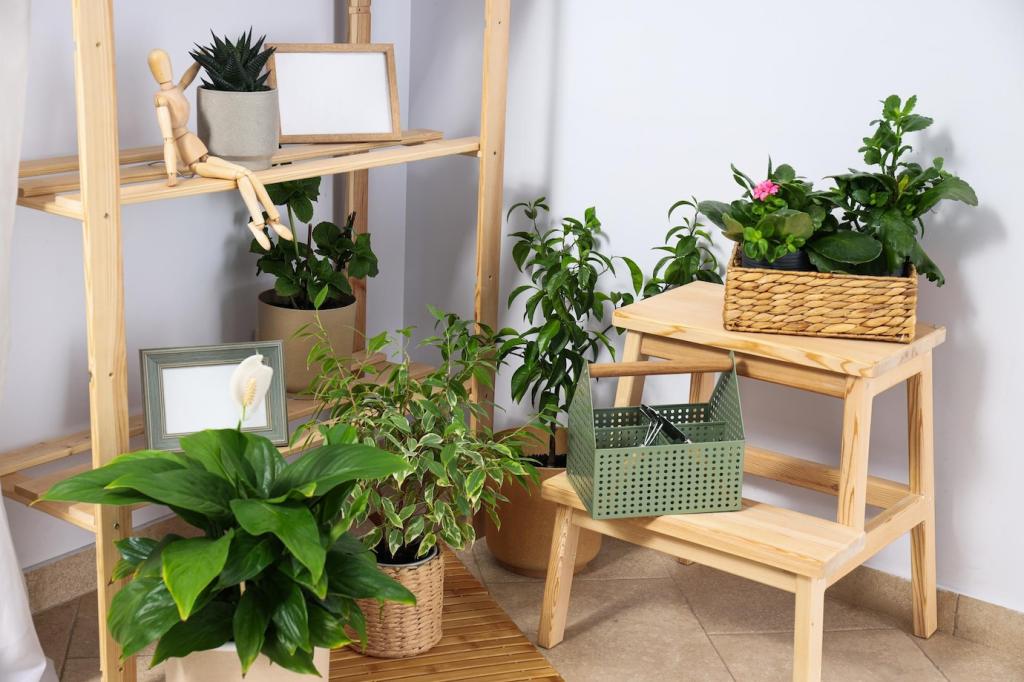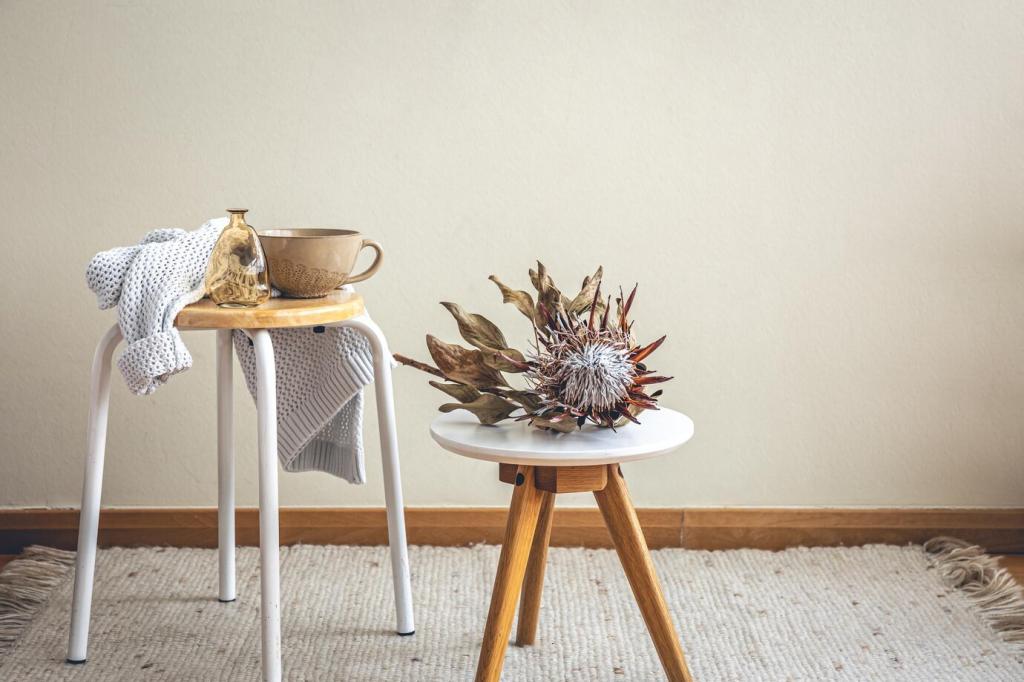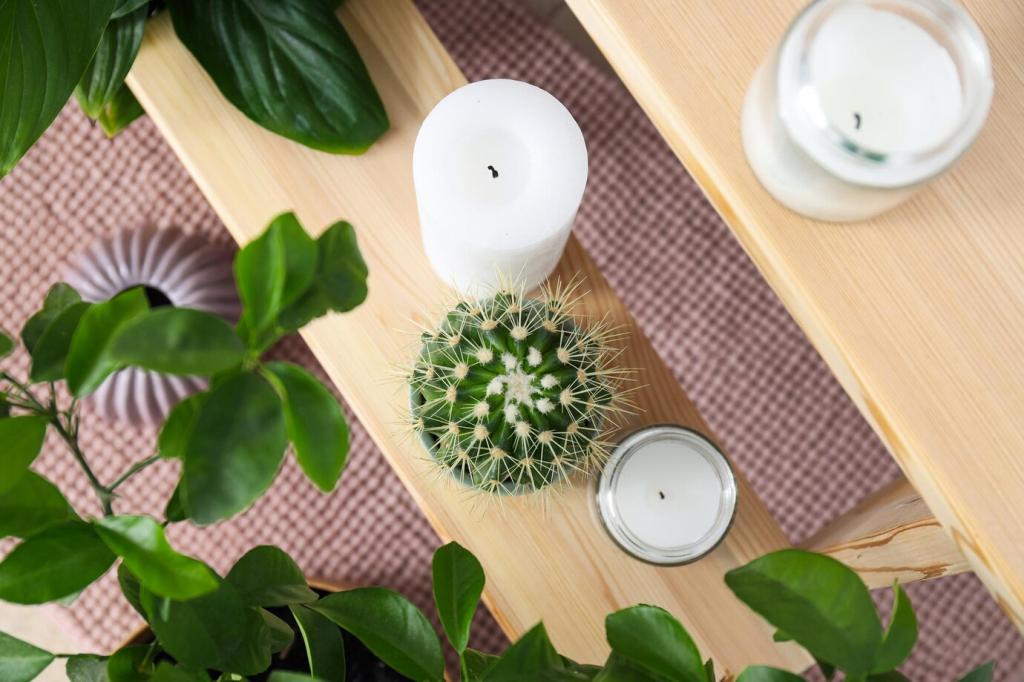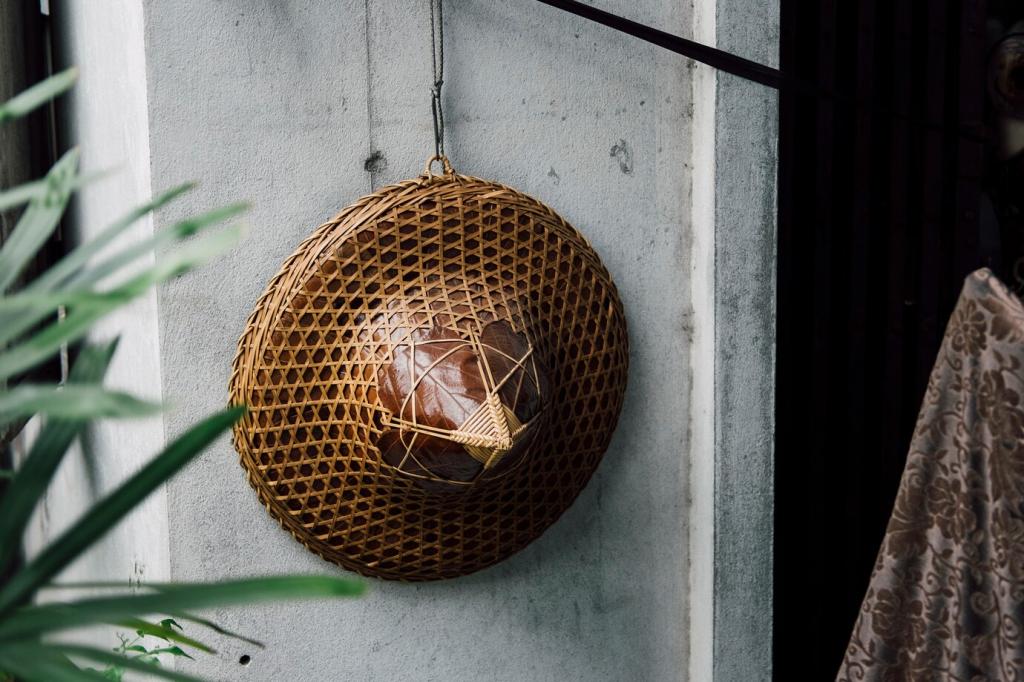Materials That Matter
Conventional cotton can be thirsty and chemical-heavy, while organic and regenerative cotton aim to restore soil health and reduce toxins. Look for GOTS certification, longer staple fibers for durability, and finishes that avoid harsh resins. Tell us your favorite organic cotton weaves and how they perform in busy rooms.
Materials That Matter
Linen and hemp thrive with fewer inputs, offering natural strength, breathability, and timeless texture. They soften with use, resist odors, and age gracefully. A designer once told us her hemp drapes outlasted two paint jobs, still hanging crisp and beautiful. Share your linen care tips and weave preferences.




